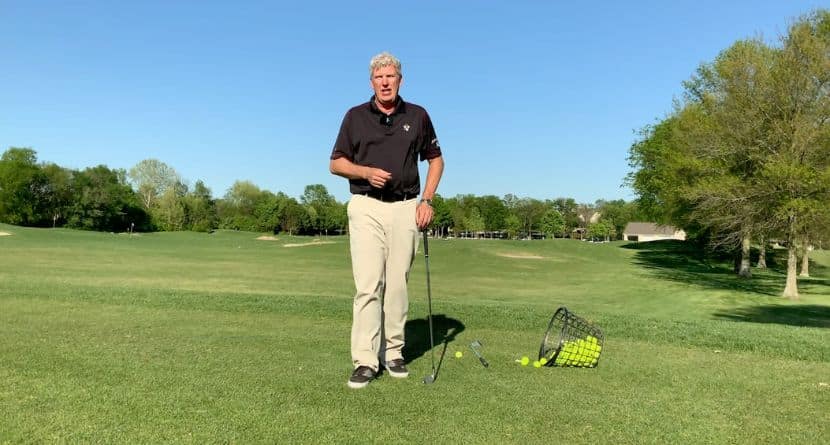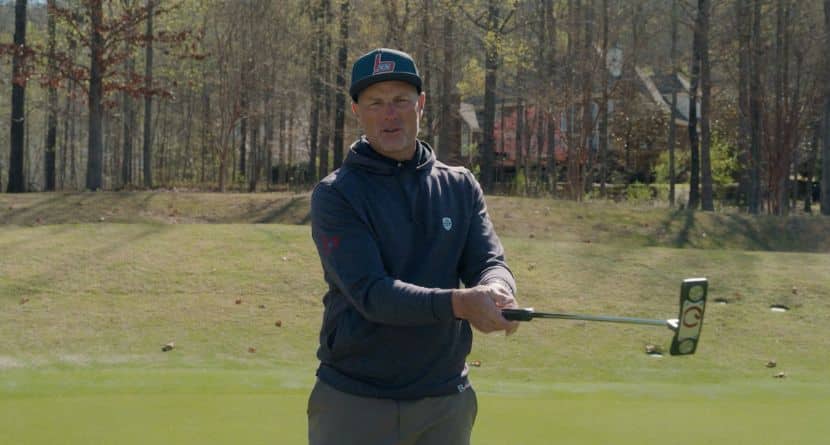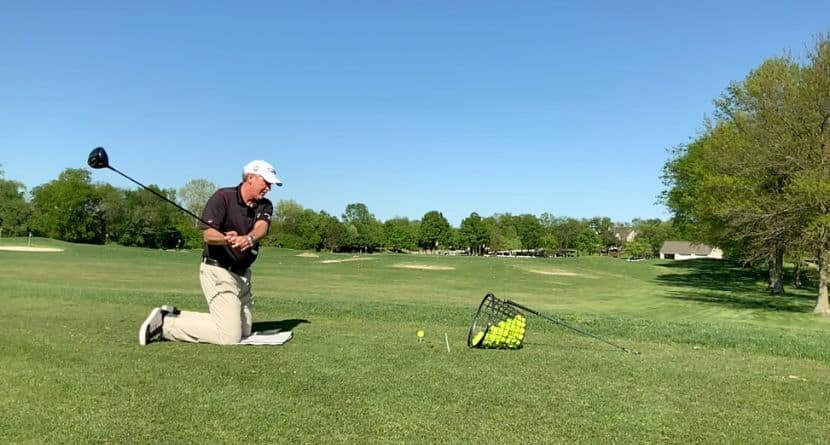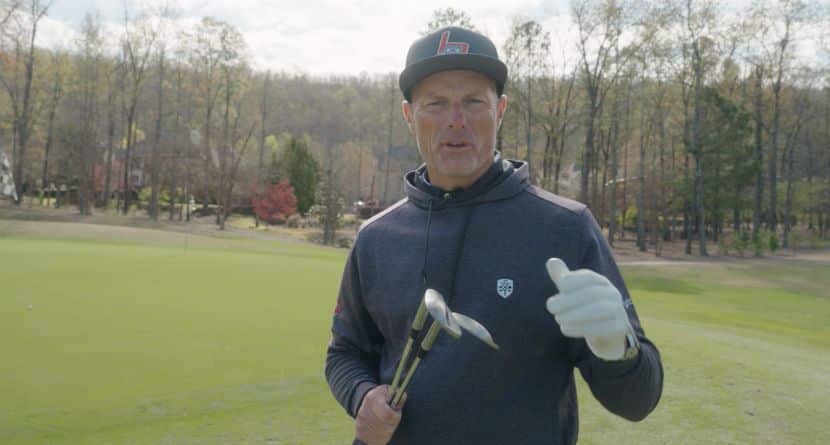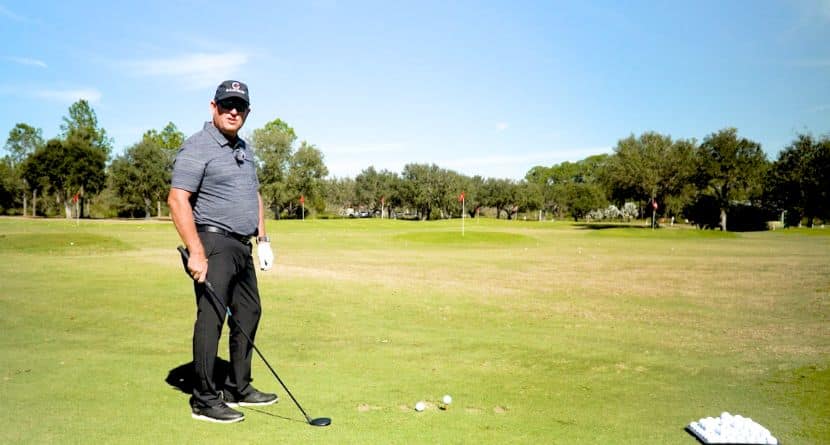Cameron Champ is already making a strong case for Rookie of the Year on the PGA Tour through just six events. Champ is one of the longest players off the tee and he has shown excellent touch around the green; we have seen players with similar attributes go on to win majors and dominate — Dustin Johnson and Brooks Koepka, to name two.
Champ’s eagle chip-in on Thursday at the RSM Classic is excellent to review because many amateurs struggle to take a lofted club to execute a shot that travels on a lower trajectory as well as releases and rolls out. Instead, most players find that the ball flies too high and comes up short of the target, or they blade the shot well past the hole.
First, taking a lofted club like a sand wedge when around the green has to meet certain criteria for the mid-to-high handicapper to justify the club selection. If you face a forced carry of any kind or need the ball to land with little or no forward momentum — possibly because of a downhill sloping green — then you are looking at a shot that may require the sand wedge.
Champ wanted to carry the 10-15 yards of fairway and fringe to land the ball well into the green, so use this as an example of properly selecting a club.
The loft of the wedge naturally flights the ball high enough without any help from the golfer, avoiding the possible bad bounces and unpredictability of the mounding and longer length grass of the fairway and fringe. Many of you may question how high the wedge hits the ball, but don’t worry. Since this is a shorter shot with less than a full swing, our clubhead speed will not produce the force and resulting spin to send the ball very high.
Swinging back waist or shoulder high with a sand wedge and accelerating smoothly through impact will only flight the ball chest or head high with proper technique, which is perfect for this shot.
The proper mechanics of this shot boil down to being proficient in attacking the ball evenly on a shallow path. Getting too steep will cause a higher trajectory even with a good swing motion, and if the swing motion is off a bit you will likely face a chunked or bladed shot.
Watch how Champ’s club is along the ground for a few inches before it contacts the ball. A shallow attack angle means the clubface is meeting the ball evenly and the force is being sent through the ball and directly towards the target. This is how we can keep the flight down and any trajectory the shot has is only a result of the actual loft of the club.
Even better, the even strike on the ball imparts minimal spin so the ball is sure to release on the green.
NOTE: You may surprise yourself with how early you can get the club low and along the turf. Remember the sand wedge has some bounce and won’t dig. Try some shots where you feel like the shallow path is bound to hit an inch behind the ball and watch what happens. You’ll have great contact and the shot you desired!
It is worth covering what can derail this shot from working for you. If you set up with the ball too far back, swinging into impact shallow and along the ground prior to the ball will be impossible.
Next, setting too much shaft lean forward at address will result in a sharp descent into the back of the ball, resulting in the opposite flight and spin characteristics needed.
Finally, excessive upper body motion changes the low point of the swing arc, changing impact.
An easy reminder to avoid these faults is to find a neutral short game address position and focus on a centered swing motion. Drive the motion with even parts arms/hands and shoulders/chest. Balancing the source of where the power is derived from ensures the flight and spin are tempered.
Notice how Champ is wide with his takeaway and follow through along with being very balanced throughout the swing. These are keys to not only this shot but any short game shot.


